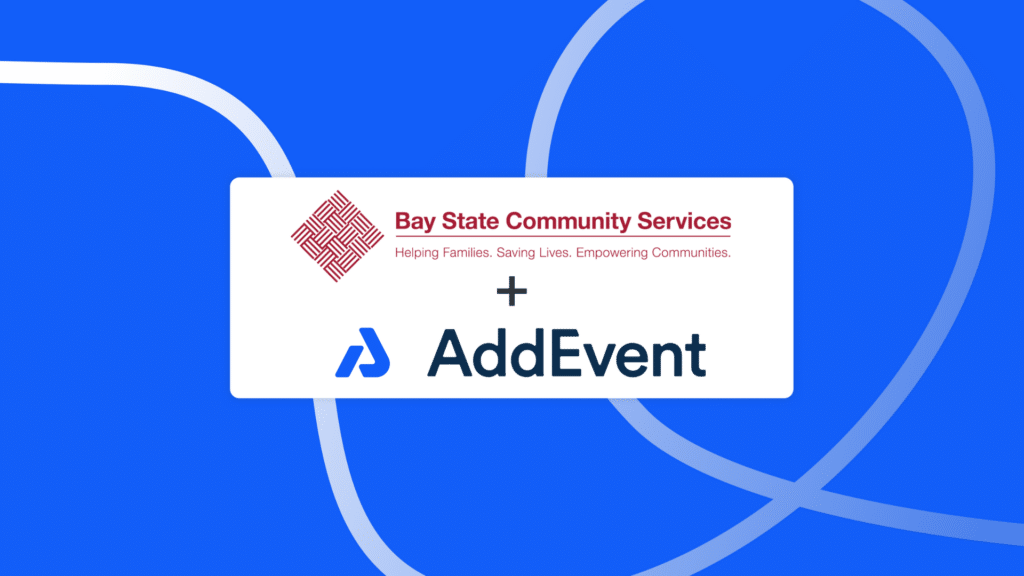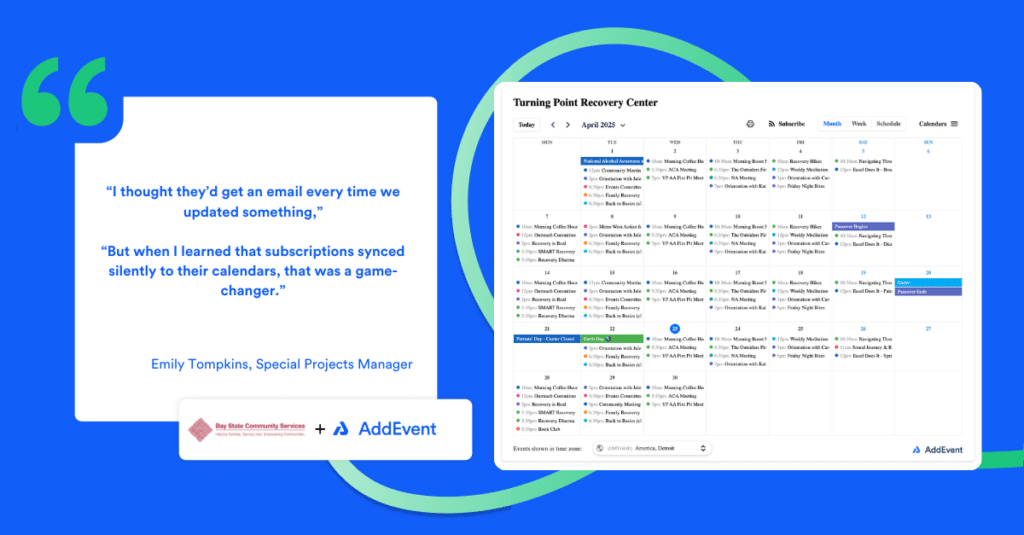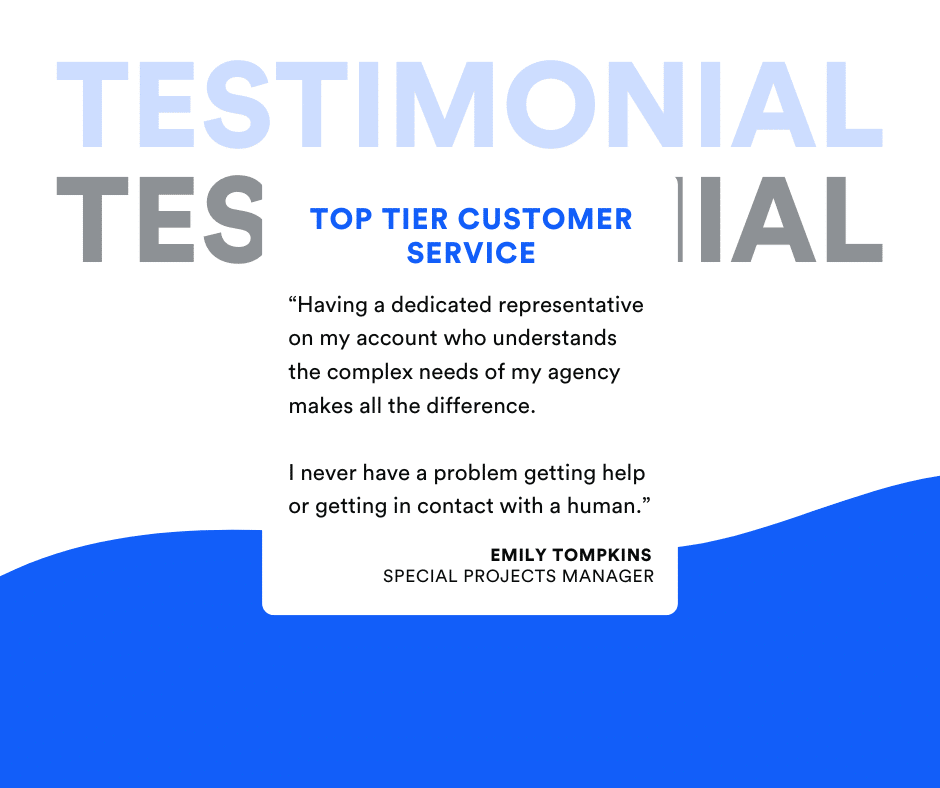


How AddEvent Helped Bay State Community Services Optimize Event Scheduling & Communication customer success
Published May 5th, 2025 by Joep Leussink

Over on the East Coast, Emily Tompkins works for Bay State Community Services, a woman-owned nonprofit that provides a wide range of behavioral health services, everything from outpatient counseling and family support to peer-led recovery programs. As the Special Projects Manager in the Communications and Development department, Emily helps oversee operations, fundraising, and cross-team coordination.
Before discovering AddEvent, their team relied on outdated, manual processes to manage public and internal calendars, mainly by creating and uploading PDFs to their website. But as their programs grew and community engagement increased, so did the need for a smarter, more flexible calendar solution.
The Challenge: Outdated Processes & Growing Demands
As the nonprofit expanded its offerings, keeping all program calendars up-to-date with the latest information became a challenge. Each of their seven key programs needed their own calendar, but updating each of these manually was a slow and cumbersome process.
Inefficient PDF Calendar Uploads
Calendars were initially created as PDF files and uploaded to the organization’s website or physically printed out for clients. Any time a change occurred, the PDF had to be manually edited and then re-uploaded to reflect these changes accurately on the website. This approach wasn’t scalable and often resulted in outdated information being shared before changes could be made.
Limited Internal Visibility into Events
While four of the calendars were created for public use, the remaining three were specifically created to help their internal team stay aware of upcoming cultural events and key programming details. But without a centralized,subscription-based system, the Bay State Community Services’ internal teams had trouble staying aligned with important information.
Delegated Calendar Access Restrictions
Emily wanted to train more team members to manage specific calendars, but there was no way to assign user permissions per calendar. That limitation made it harder to delegate responsibilities while still keeping content secure and accurate.
No Possible Integration with Email or Automation Tools
Interest in automating processes and linking tools like Zapier and Constant Contact was growing throughout the organization, but the team needed a system that could scale with their goals for digital transformation — unlike their current solution.
The Solution: AddEvent’s Customizable & Subscription Calendar Features
When Emily first discovered AddEvent, she quickly saw how this solution’s capabilities could easily replace their outdated workflow all while introducing brand-new features they hadn’t begun to imagine.
Multiple Calendars with Unique Schedule Views & Color Coding Options
AddEvent allows Emily to seamlessly manage nearly 10 different calendars, each dedicated to a specific program or audience. She is able to easily customize calendar layouts depending on where these calendars are embedded (such as internal sites versus public-facing webpages). She also uses AddEvent’s customizable color-coding features to keep things visually organized.
Subscription Calendars
Instead of printing manual calendars or emailing bulky PDF files, teams can now share calendar subscription links. When a client subscribes to a calendar, it’s added directly to their mobile or desktop calendar platforms and will automatically see any event updates reflected there.

“I thought [our clients and internal team] would get an email every time we updated something,” Emily shared, “But when I learned that subscriptions synced silently to their calendars, that was a game-changer.”
Delegation Thanks to Individual User Permissions
Though she remains the primary admin to this day, Emily has now trained two colleagues to assist in managing events, and is confident she can continue to lean on new internal resources thanks to AddEvent’s calendar solution. With more granular permission options available, her future plan is to give each program lead control over their own calendar and RSVP data, without risking access to others.
Increased Internal Awareness
The nonprofit uses AddEvent to manage calendars not just for public events, but also for internal team awareness. Staff members are encouraged to subscribe to calendars specific to their department or interest to stay up-to-date on the latest information in real-time.
Integrated Automations on the Horizon: Zapier and Constant Contact
To further streamline operations, Emily is currently exploring Zapier integrations that will allow external team members to create events, specifically RSVP-based ones, without requiring direct access to the AddEvent dashboard. They team is also considering syncing all RSVP data to their Constant Contact account to enhance follow-up and client engagement efforts.
The Results: A Time-Saving, Scalable Subscription Calendar System
Switching to AddEvent has transformed how Emily and her nonprofit manage, share, and track events, both internally and with clients. The team no longer spends hours each month creating and updating static calendars.
Instead, updates happen in real time, and subscribers see the changes instantly. And these subscription calendars ensure that both staff and clients always have access to the most up-to-date information without tedious manual effort. With a single AddEvent dashboard, Emily and her team can manage events across all programs, creating a true “command center” for event scheduling.
The Cherry on Top: Customer Service Makes a Difference

“I’m seeing a decline in customer service for so many software systems – but not with AddEvent. Having a dedicated representative on my account who understands the complex needs of my agency makes all the difference. I never have a problem getting help or getting in contact with a human.” Emily says.
By training her small team, Emily has reduced the bottleneck having one calendar admin can bring with it and has proactively laid the groundwork for expanded access with more advanced permission controls down the road.
For Emily Tompkins and the entire Bay State Community Services team, AddEvent has become more than just a calendar tool; today it’s a strategic part of their communication infrastructure. By replacing static, time-consuming processes with dynamic, shareable, and automated subscription calendars, they’ve created a sustainable system that scales with their mission and supports both their staff and their clients.
With upcoming integrations and plans to give program leads more control, Emily is building a nonprofit model that combines efficiency, empowerment, and exceptional client service. AddEvent makes it easier for her team to stay aligned, for clients to stay informed, and for their programs to keep growing, one calendar event at a time.
